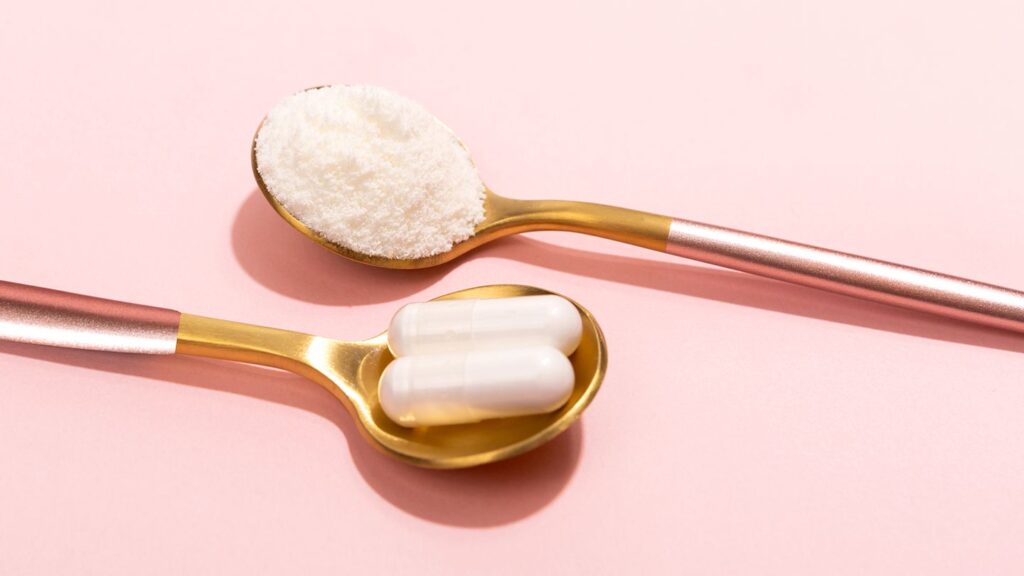
In recent years, plant-based meat alternatives have gained popularity, partly due to their perceived health benefits over traditional animal meats. However, a recent study suggests that these alternatives might not be the healthier option for heart health as many believe.
Overview of the Study
The study conducted by researchers at a prominent health institute compared the effects of plant-based meat alternatives to traditional animal meats on various heart health markers. Participants included in the study were divided into two groups; one consumed plant-based meat products, and the other consumed animal meat over a specified period.
Key Findings
The results were somewhat surprising to those advocating for plant-based diets. Here are a few key takeaways from the study:
- Cholesterol Levels: There was no significant difference in the reduction of LDL (bad) cholesterol between the group consuming plant-based meats and the one consuming animal meats.
- Blood Pressure: Both groups showed similar blood pressure readings, suggesting no additional benefits from plant-based meat alternatives in this area.
- Inflammatory Markers: The study also measured various markers of inflammation, which is linked to heart disease. Similar to the other findings, there was no notable difference between the two groups.
Analysis of Ingredients
One critical aspect that the study highlighted was the composition of plant-based meats. Many of these products can be highly processed and contain similar levels of saturated fats and sodium as their animal-based counterparts, which might negate any potential heart health benefits.
Nutritionists’ Perspective
Nutrition experts suggest that while plant-based diets are typically associated with lower heart disease risks, not all plant-based products are created equal. The health impacts of plant-based foods can vary based on the ingredients used and their processing levels. To truly benefit from a plant-based diet, incorporating whole, minimally processed foods like vegetables, fruits, grains, and nuts is recommended.
Conclusion
This study is a crucial reminder that simply substituting animal meats with plant-based alternatives may not automatically contribute to better heart health. Consumers should carefully consider the nutritional content of plant-based meat products and opt for whole and minimally processed options whenever possible.
For those looking to improve heart health, focusing on a balanced diet rich in whole foods, regular physical activity, and overall lifestyle modifications are essential components. As always, consult with healthcare providers before making significant changes to your dietary habits to ensure alignment with your personal health needs.





